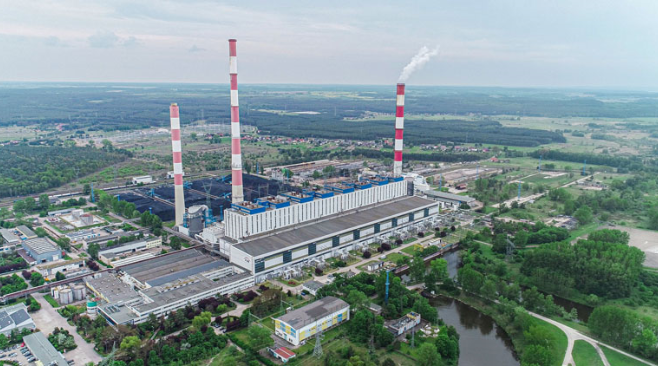The cost of electricity is made up of the following:
- cost of investment, i.e. construction of the power plant. This cost is amortised over the plant’s lifecycle.
- fixed costs, i.e. on-going maintenance: employee wages, repairs, equipment, etc. These costs are incurred regardless of whether the plant is producing electricity or not. From 2021, some power plants and combined heat and power plants receive revenues from the capacity market in return for the unit being ready to supply electricity to the system. These revenues help to compensate for the fixed costs incurred.
- variable costs, i.e. how much it costs to generate each additional MWh of energy. The level of variable costs directly depends on the level of production. The main component of variable costs is the cost of fuel and cost of CO2 emission.
For different types of power plants, the relation between these costs varies. For example, for wind farms or photovoltaics, the cost of investment and its share in total costs are high. However, operating, fixed and variable costs are relatively low. In the case of conventional plants, variable and fixed costs are more balanced, largely depending on the cost of fuel and cost of CO2 emission.
Due to the rising prices of CO2 allowances and the decline in the prices of RES installations, the standardized cost of energy generation per 1 MWh (the so-called LCOE) is higher in Polish power plants for conventional energy than for renewable energy.

